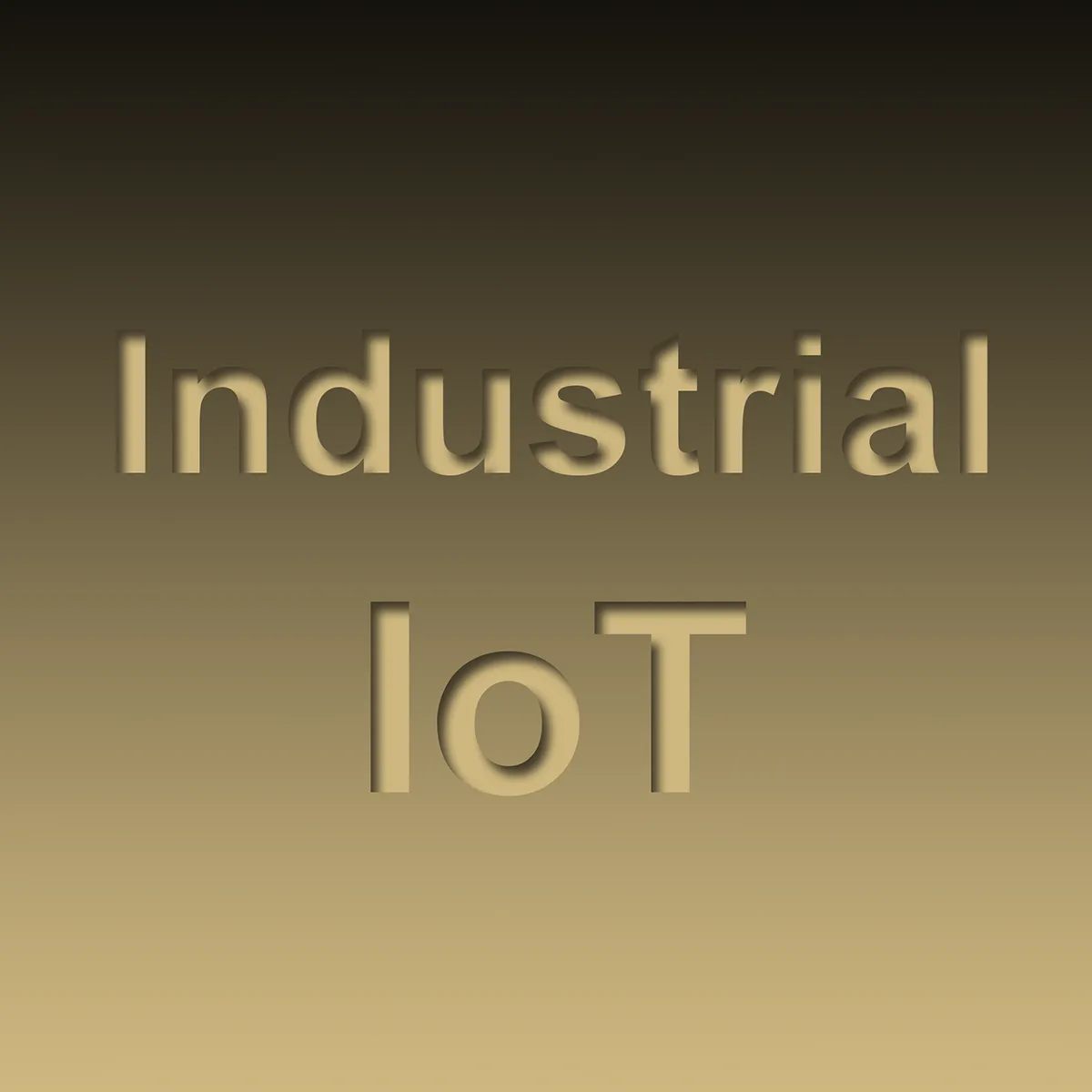
Modeling and Debugging Embedded Systems 
Learn how to create models of cyber-physical systems and perform "what-if" scenarios with SystemC in this engaging course. Part of CU Boulder's Master of Science in Electrical Engineering degree, this course offers academic credit as ECEA 5387. Dive deeper into embedded systems for heavy equipment automation and gain a comprehensive understanding of the Automotive and Transportation market segment. Discover how to debug deeply embedded systems using Lauterbach's TRACE32 debugging tools. Additionally, learn valuable skills such as promoting technical ideas within a company and studying engineering failures. Don't miss out on this opportunity to enhance your knowledge of modeling and debugging embedded systems. ▼
ADVERTISEMENT
Course Feature
![]() Cost:
Cost:
Free
![]() Provider:
Provider:
Coursera
![]() Certificate:
Certificate:
Paid Certification
![]() Language:
Language:
English
Course Overview
❗The content presented here is sourced directly from Coursera platform. For comprehensive course details, including enrollment information, simply click on the 'Go to class' link on our website.
Updated in [September 15th, 2023]
What does this course tell?
(Please note that the following overview content is from the original platform)
This course can also be taken for academic credit as ECEA 5387, part of CU Boulder’s Master of Science in Electrical Engineering degree.This is part 3 of the specialization. In this course students will learn : * About SystemC and how it can be used to create models of cyber-physical systems in order to perform "what-if" scenarios * About Trimble Engineering's embedded systems for heavy equipment automation * A deeper understanding of embedded systems in the Automotive and Transportation market segment * How to debug deeply embedded systems * About Lauterbach's TRACE32 debugging tools * How to promote technical ideas within a company * What can be learned from studying engineering failures
We consider the value of this course from multiple aspects, and finally summarize it for you from three aspects: personal skills, career development, and further study:
(Kindly be aware that our content is optimized by AI tools while also undergoing moderation carefully from our editorial staff.)
What skills and knowledge will you acquire during this course?
In this course, students will acquire skills and knowledge in SystemC, Trimble Engineering's embedded systems, debugging deeply embedded systems, Lauterbach's TRACE32 debugging tools, and promoting technical ideas within a company. They will also gain a deeper understanding of embedded systems in the Automotive and Transportation market segment, as well as learn from studying engineering failures.
How does this course contribute to professional growth?
Taking the course "Modeling and Debugging Embedded Systems" can greatly contribute to one's professional growth. By learning about SystemC and its application in creating models of cyber-physical systems, individuals can enhance their skills in performing "what-if" scenarios. This knowledge can be valuable in various industries, as it allows professionals to simulate and analyze potential outcomes before implementing changes or improvements.
Moreover, the course covers Trimble Engineering's embedded systems for heavy equipment automation, providing students with insights into real-world applications of embedded systems. This understanding of practical implementations can be highly beneficial for professionals working in the Automotive and Transportation market segment, as it allows them to develop a deeper understanding of the industry's specific requirements and challenges.
Additionally, the course focuses on debugging deeply embedded systems, which is a crucial skill for professionals in the field. By learning about Lauterbach's TRACE32 debugging tools, individuals can gain practical knowledge and techniques to effectively identify and resolve issues in complex embedded systems. This expertise can significantly enhance one's problem-solving abilities and make them more valuable in their professional roles.
Furthermore, the course covers the topic of promoting technical ideas within a company. This aspect is essential for professionals who aspire to advance their careers and take on leadership roles. By understanding how to effectively communicate and advocate for technical ideas, individuals can increase their influence within their organizations and drive innovation.
Lastly, the course explores the concept of studying engineering failures and extracting valuable lessons from them. This perspective can help professionals develop a proactive mindset towards identifying and mitigating potential risks in their work. By learning from past failures, individuals can improve their decision-making skills and contribute to the overall success and safety of their projects.
Overall, the course "Modeling and Debugging Embedded Systems" offers a comprehensive range of knowledge and skills that can significantly contribute to one's professional growth. From technical expertise in modeling and debugging to insights into industry-specific applications and the ability to promote ideas and learn from failures, individuals can enhance their capabilities and become more valuable assets in their respective fields.
Is this course suitable for preparing further education?
Yes, this course is suitable for preparing further education. It provides students with a comprehensive understanding of embedded systems, including SystemC, Trimble Engineering's embedded systems, debugging tools, and engineering failures. Additionally, the course can be taken for academic credit as part of CU Boulder's Master of Science in Electrical Engineering degree.
Course Provider

Provider Coursera's Stats at AZClass
Discussion and Reviews
0.0 (Based on 0 reviews)
Explore Similar Online Courses
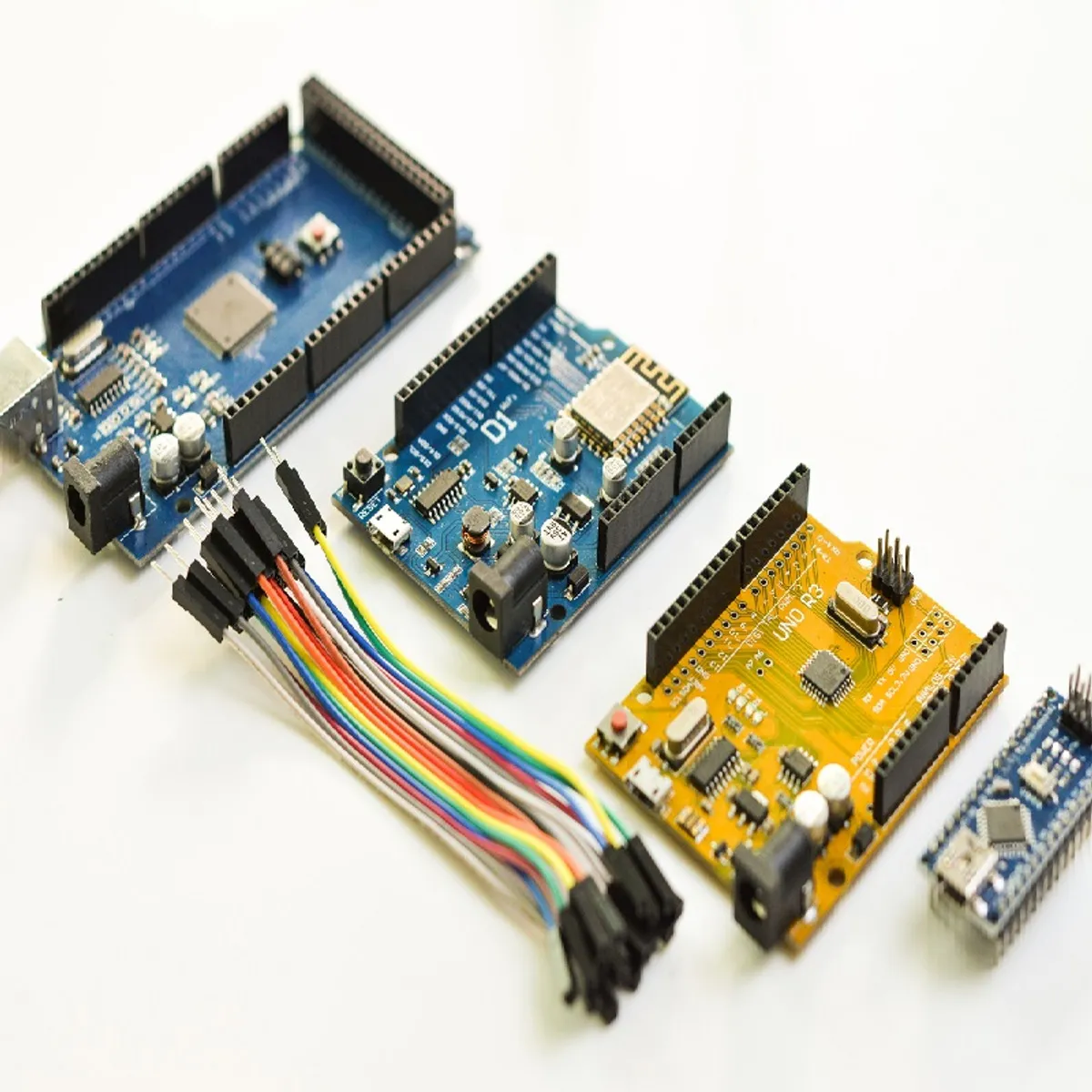
M2M & IoT Interface Design & Protocols for Embedded Systems
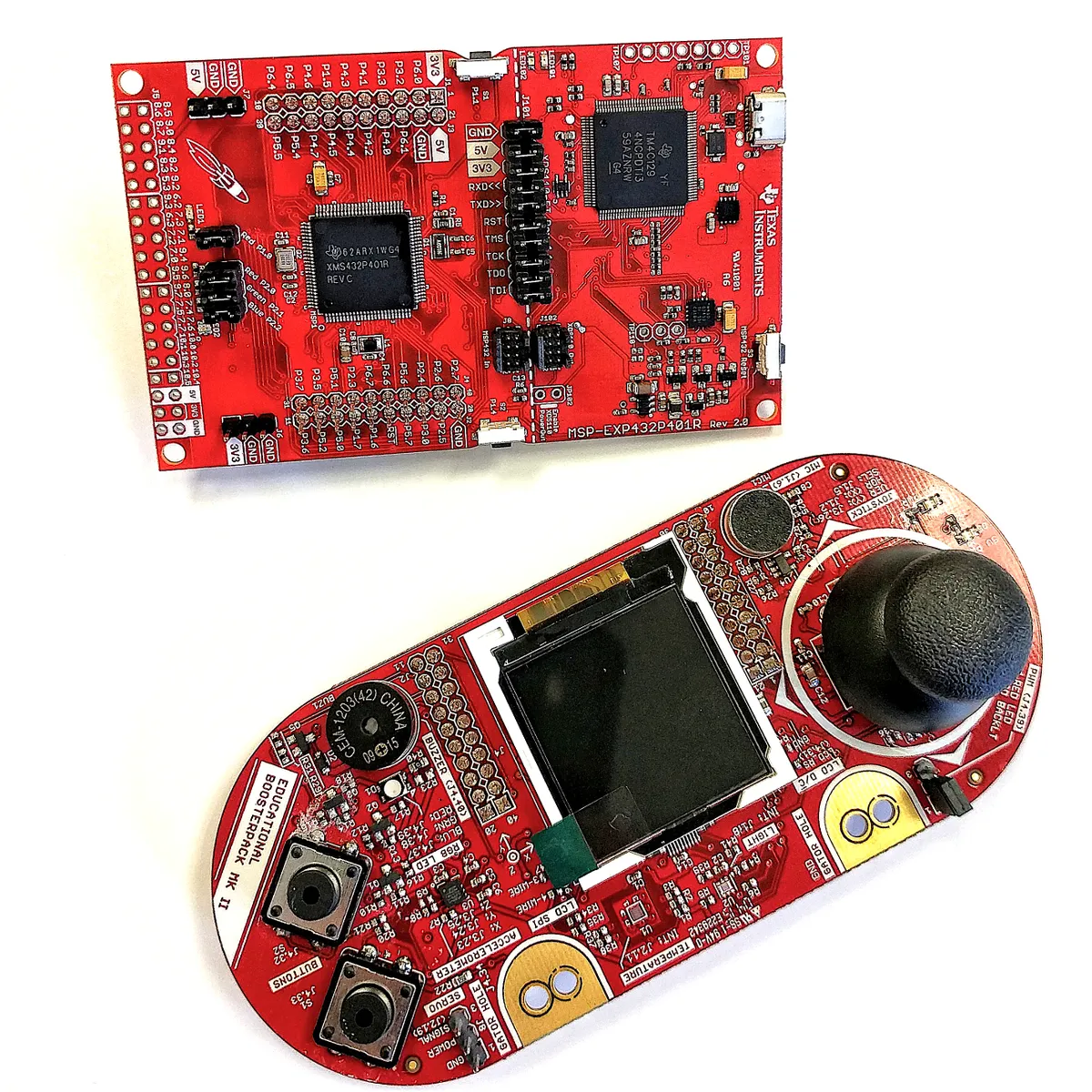
Introduction to Embedded Systems Software and Development Environments

Python for Informatics: Exploring Information

Social Network Analysis

Introduction to Systematic Review and Meta-Analysis

The Analytics Edge

DCO042 - Python For Informatics

Causal Diagrams: Draw Your Assumptions Before Your Conclusions

Whole genome sequencing of bacterial genomes - tools and applications
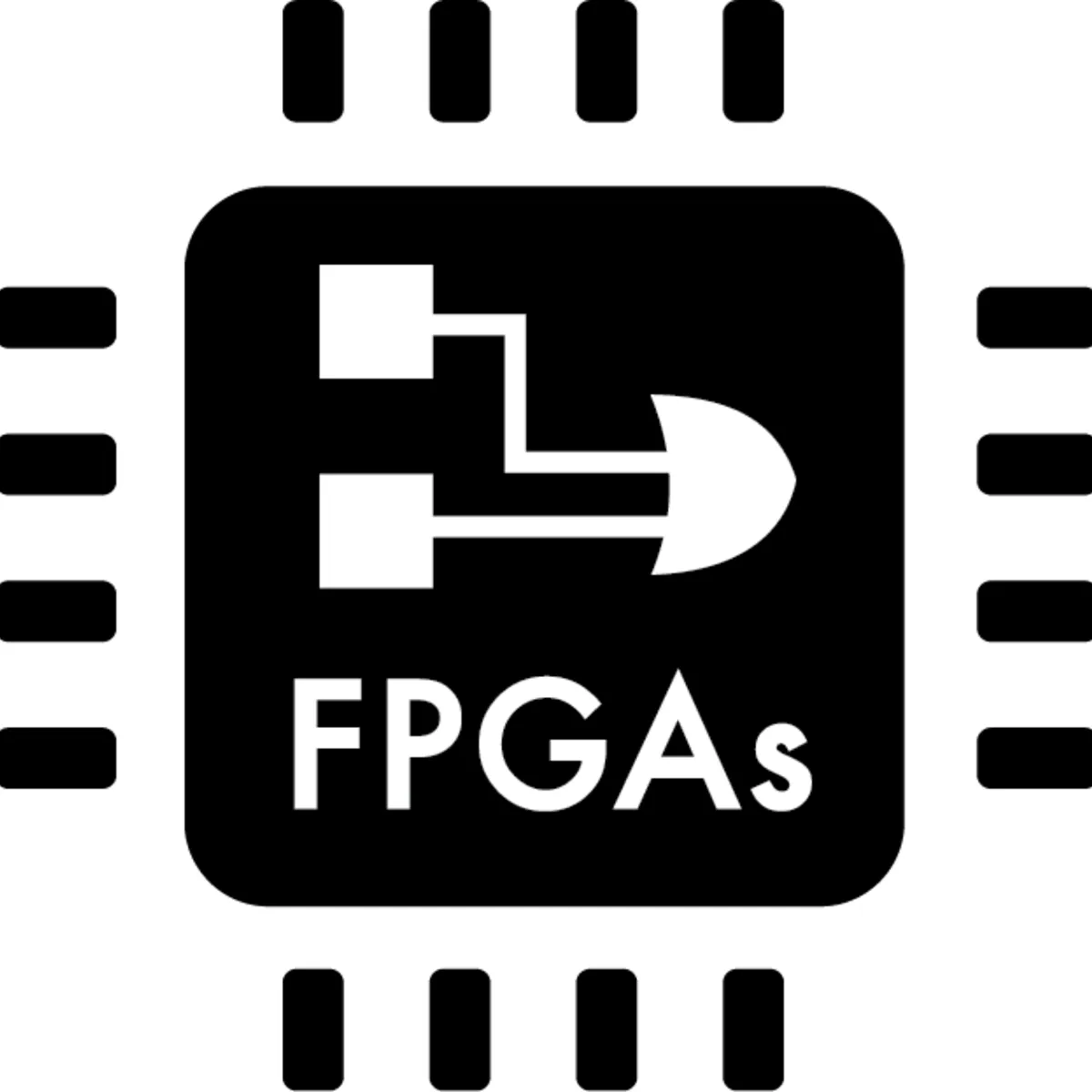
Introduction to FPGA Design for Embedded Systems

UX and Interface Design for Embedded Systems
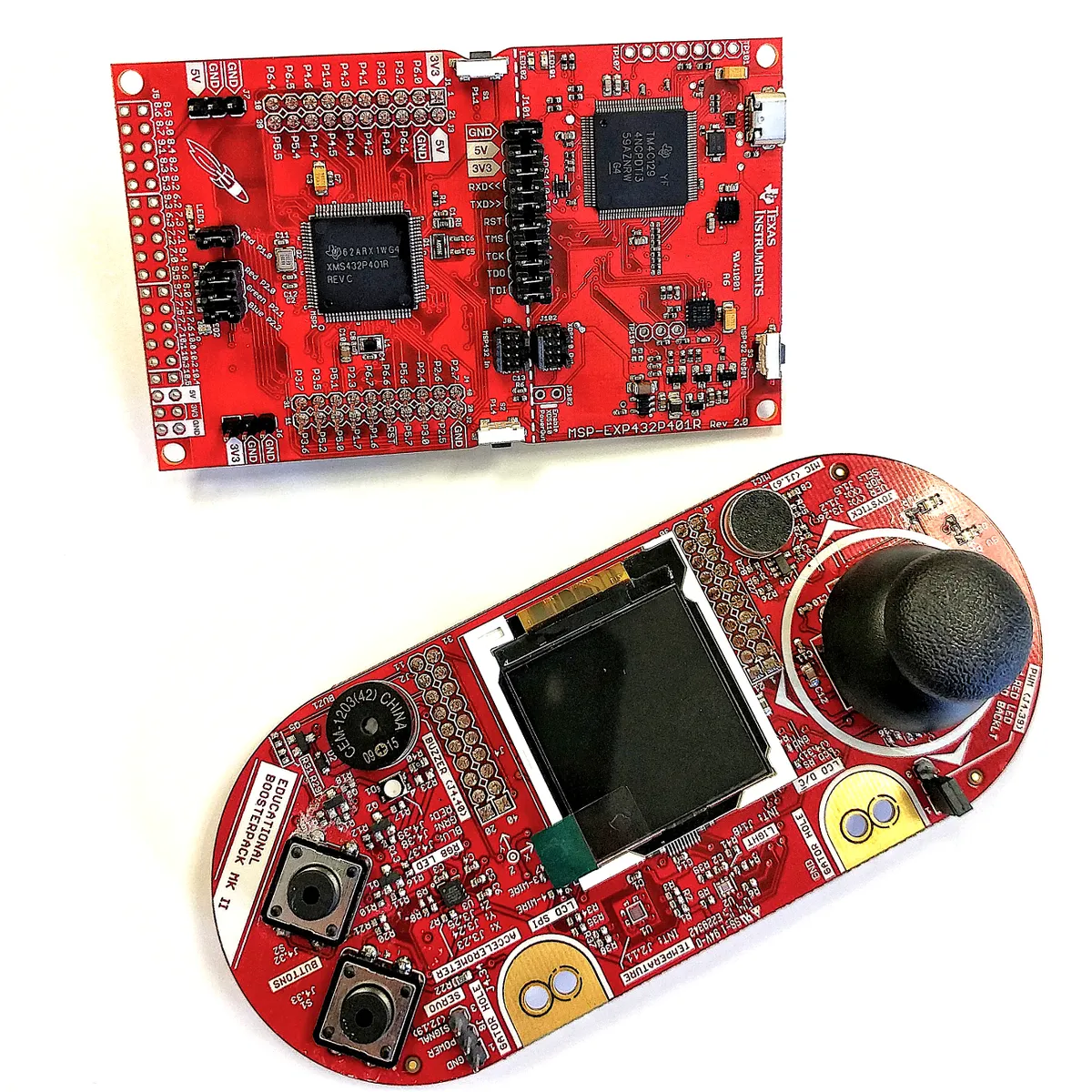

Start your review of Modeling and Debugging Embedded Systems